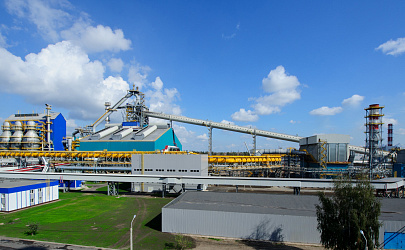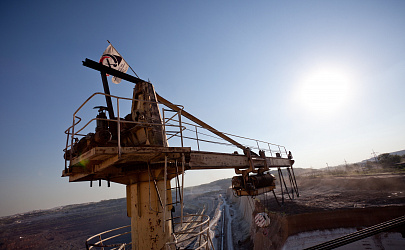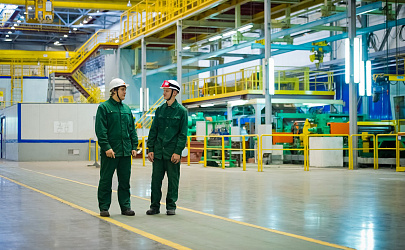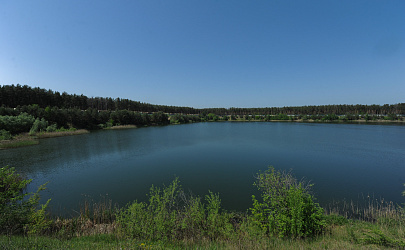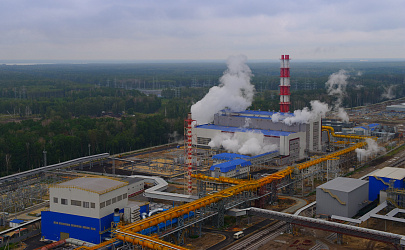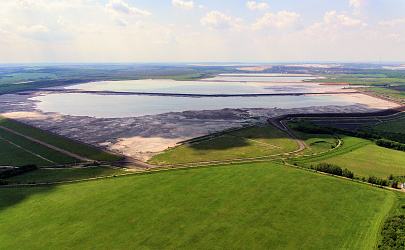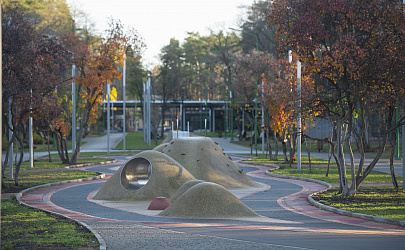- Home
- Sustainable development
- Environment
- Environmental development
Environmental development
NLMK Group is one of the leaders in the introduction of modern environmental technologies in the global metallurgy industry. The Company's goal is to consistently minimize the impact of production on the environment and strive to achieve the best standards in the field of ecology.
$2,4 billion INVESTED IN ENVIRONMENTAL PROJECTSNLMK Group has invested $2.4 billion in environmental projects since 2000. During this time, production has doubled, and the company has become the largest steel producer in Russia. At the same time, the environmental impact has significantly decreased due to the introduction of modern technologies and large-scale modernization of equipment.
The long-term environmental program is designed for the strategic cycle of the Company and is part of the Group's investment program. The program is aimed at preventing and minimizing environmental impacts and at meeting the level of the best environmental standards in the global metallurgy.
The implementation of the Environmental Programme ensured the achievement of the environmental goals of the 2023 Strategy:
-
Reduction of NLMK Group's emissions to the level of the best available technologies in the global metallurgical industry – 18.0 kg/ton of steel
- 30 projects under the Environmental Programme were completed successfully
- 32 kt reduction of gross emissions by NLMK Group upon completion of the Strategy
-
Reducing the discharge of pollutants by 25%
- 50% reduction of pollutants discharge into water bodies upon completion of the Strategy
-
Increasing the degree of waste disposal to 92%
- 99% recycling rate of secondary resources
During the implementation of the third stage of the technical re-equipment program from 2014 to 2018, NLMK Group invested $411 million in environmental projects.
Due to the growth of steel production at the Russian enterprises of the NLMK Group, the specific load on atmospheric air in the Group as a whole was reduced from 20.1 to 18.9 kg per ton of products by the end of 2020. Along with this, a high level of recycling of secondary raw materials remained 89% (excluding mining waste), the share of recycled water supply was 97%, specific water consumption for production needs has been reduced from 8.1 to 6.8 m3 per ton of products.
1.7x decrease in wastewater discharges
NLMK Group is currently developing and testing innovative projects in the following areas:
- Online monitoring of atmospheric air and analysing the obtained data
- Equipping emission sources with automatic control systems
- Using unmanned aerial vehicles for environmental monitoring
- New water purification technologies
- Suppression of dust from secondary sources
- Recycling of secondary resources.
Environmental monitoring innovations
-
Simulation of emission impact
Directional map of TLV shares of formaldehyde concentration increase
A digital service has been developed as part of an innovative approach to assessing NLMK’s impact on the level of atmospheric emissions. As a result, the time it takes to perform an analysis of the state of the atmosphere in various sections has been significantly reduced. The programme automatically creates easy-to-read graphs and diagrams.
Data from daily measurements (three measurements per day) performed for nine substances in twelve points across the city, as well as data from five observation posts of the Federal Hydrometeorological Service, are processed to assess the impact on atmospheric pollution in Lipetsk. The assessment methodology itself and the digital monitoring data processing service are innovations that enable higher efficiency of decision-making related to atmospheric air protection.
-
Analysis of visible emissions
Currently, a system for analysing NLMK's visible emissions is being developed using machine vision algorithms and deep learning methods. This will enable identification of any atypical emissions into the atmosphere recorded by video surveillance cameras, determining their location and the estimated volume. Upon receiving the results, the production department experts and the plant’s Industrial Environment Department will conduct a detailed analysis and determine the causes of emissions.
Video cameras cover the main facilities of the plant with significant gross emissions, companies with a significant visible impact on the atmosphere at the plant border, and sources with specific odours. The cameras also capture the view of the site as seen by Lipetsk residents.
-
Unmanned aerial vehicles for environmental monitoring
The use of unmanned aerial vehicle technologies has expanded the ability to monitor the environmental situation on the plant’s premises and beyond, enabling coverage of the entire area, including inaccessible segments and facilities, and to increase the frequency of control.

